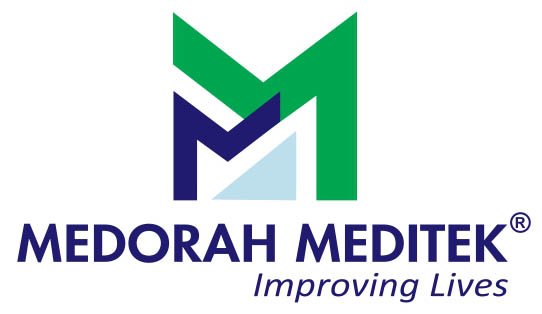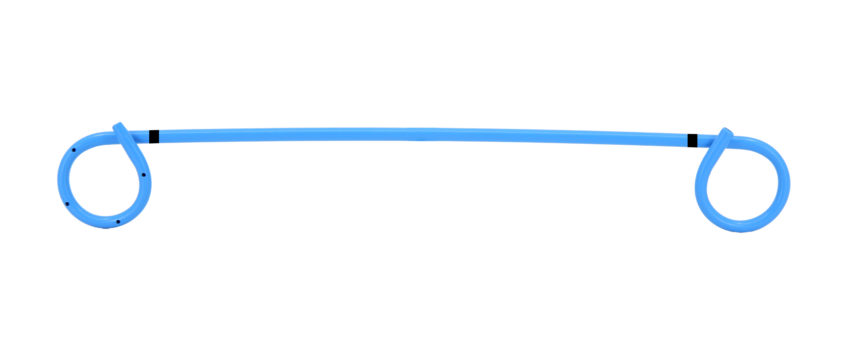A biliary stent refers to a tube which is placed inside the bile duct, a part of the human liver when this duct becomes blocked. When there is blockage of bile duct by tumour or scar tissue, your surgeon may use a procedure of minimally invasive nature called as biliary stent placement to unblock the duct.
The biliary stent endoscopic is inserted post-surgeryfor unblocking the bile duct and make sure it remains operative and inflated. The biliary stent may becomposed using inert materials like metal or plastic which are not likely to evoke an immune reaction from the body.
The liver is an important organ of the body and plays a crucial role in the process of digestion by making bile that is vital for digesting fats. Typically this bile drains to a bile duct. This duct releases its contents into the part of the bowel which gets food that is partially digested. Blockage of bile duct stops normal function of liver and impacts digestion.
Non-malignant blockage of bile duct is caused commonly by injury of the duct in time of surgery for removal of gall bladder. Blocked bile duct may be also the result of traumatic injury faced by gallstones, abdomen or pancreatic inflammation.
Bile ducts can also become inflamed through a state referred to as primary sclerosing cholangitis. Every one of the above conditions may need treatment using a stent for correcting the problem of duct blockage.
In the surgical procedure of biliary stenting, at first a catheter is inserted inside the bile duct that has been blocked to permit draining of duct. Two methods of placing stent are: percutaneous transhepatic cholangiography (PTC) and endoscopic retrograde cholangiopancreatography (ERCP).
In case of ERCP, a hollow lighted tube called as endoscope is used. The tube maybepopped in via mouth of the patient, through the stomach and esophagus to the spot where the bile duct drains to the organ called as small intestine. After putting in place, the endoscope, the surgeon will insert another tube called as cannula. The cannula may beutilized for injection ofcolored dye as it flows through the duct.
In the next stage, the doctor takes X-rays of abdomen. The dye enhances the X-rays contrast such that it is easy to identify duct blockages. In case, a stent is required, it is slotted in via the catheter. Then it is attached to the blockage site as identified by the X-rays of high contrast.
In certain cases, it is not possible for ERCP to identify the sites of blockage of duct. In such a case, the method of PTC is used for attempting to pin-point a blockage in the bile duct. As part of this procedure, there is injection of contrast dye via the skin and next, X-rays will be taken. In case a stent may be required, the surgeon will insert a needle with hollow inside the skin through which there is insertion of stent inside the blocked duct.
Majority of cases involvingblockage of non-malignant form of the bile duct may be treated with success with procedures of endoscopic biliary stent. For this procedure, the patient may need to stay in hospital only for a couple of hours or just one night. Duration of stay is determined by general physical health of patient and the existence of any risks of complications like jaundice or infection. Some of the potential complications are bile duct infection or inflammation, gall bladder inflammation etc.

